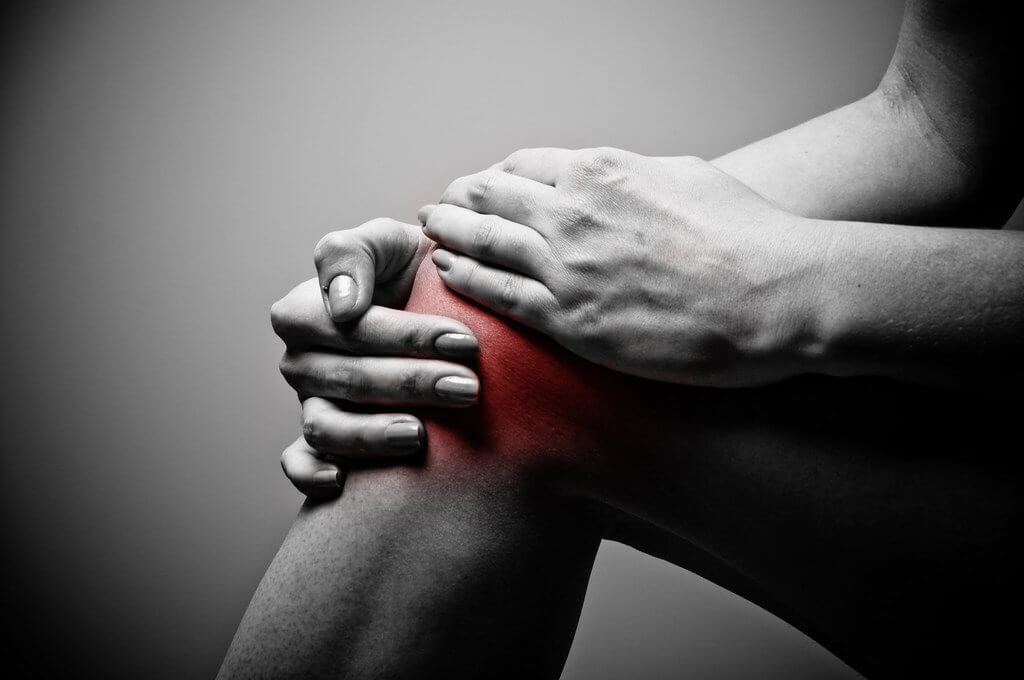Five Ways to Keep Your Knees in Good Shape
Your knees are a miraculous part of your body – as they’re the biggest joint in the human body.We use them continuously throughout the day when we stand, walk, jump, sit, or bend. These joints bear 80 percent of our body weight while standing and 150 percent when walking. This means that they are prone to damage, leading to knee replacement surgerybecoming more common.
Causes of Deterioration of the Knees
An average personwalksabout 10,000 steps per day. Every single step you take forces your knee joints to absorb your bodyweight along with the gravity associated with each step. So if you don’ttake care of your knees, there is a risk of injury and more significant damage. Chronic pain in the knees is usually caused when you lose the cartilage, and the bones in that area start rubbing together,resulting in stiffness and swelling.Also, if someone has arthritis, then it becomes more imperative to take care of their joints.
So, here are some tips that would help you age-proof your knees, avoid a knee replacement, and enable you to live a healthier lifestyle.
- Work towards ahealthy body weight: It’s a known fact that maintaining a healthy body weight has several health benefits. You will have a lesser risk of any heart ailment and also experience higher energy levels. If you are a little overweight, then losing weight is the best thing you can do to support your knees asthe tension on your muscles, tendons, and joints would be relieved. It’s a good idea to calculate your Body Mass Index (BMI) to check if your weight is considered healthy. A BMI between a range of 18.5 to 24.9 is deemed healthy, which, in turn, is good for your knee joints.
- Buildyourmuscle strength: Over the age of 50, there is an advanced muscle loss, which affects almost 1 out of 3 people. Therefore,muscular strength is essential to manage everyday physical activities like lifting grocery bags, picking up things from a shelf, etc. Besides,healthy muscles are essential for joint health,organ function, and good metabolism. Regular exercise and fitness regime,including strength training, helps in safeguarding your muscles and your joints. But for that, you musttalk to a physical therapist and then get into an exercise routine that could help you enhance your strength.
- Increase range of motion: People mostly get stiff joints when they start ageing. However, there’s a lot of evidence that if youhave better movement, then there would be fewer symptoms, particularly if you can straighten your knees. Most doctors recommend getting a physical therapist who could help in improving your range of motion. If you are exercising at home, you cansit on a bed, put a pillow just under the ankles, and then with your leg muscles, force your knee down gently.
- Perfect your posture
People start slouching or stooping in their posture as they get older. This poor posture alters the body’s center of gravity, thusputting additionalstress on the knees and hips. To have a perfect posture, ensure to stand tall, with your head straight in line with the shoulders, your shoulders should be directly over the hips, the hips should be aligned with your knees, and your knees should, in turn, be aligned with your feet. There are some exercises like yoga, pilates, tai chi, and core-strengthening exercises like back extensions that could enable improving your posture andreduce pain around the kneecaps.
- Exercise your knee joints: If you want to stay away from harming your joints or get a knee replacement, you must do regular exercise to keep your joints healthy. But before doing so, you should consult your doctor, and in case you already have knee pain, then you can’t make it worse. Exercising not only helps your cartilage but also strengthens and stretches the intricateassembly of muscles, tendons, and ligaments that make and move your knee joint. Regular exercise also assists in case of chronic inflammation, which is the reason forsevere joint pain. You could try aerobics, walking or swimming to enhance your stamina or do resistance exercisessuch as weightlifting forstrengthening the muscles around your knee joint. This also helps in keeping the jointshealthy and stable and preventsany injuries. Stretching your muscles and connective tissue covering your knee, such as the iliotibial (IT) band, would assist in boosting your range of motion.
Practice the methods mentioned above to keep your knees in good shape and avoid knee replacement surgery in the long run.
